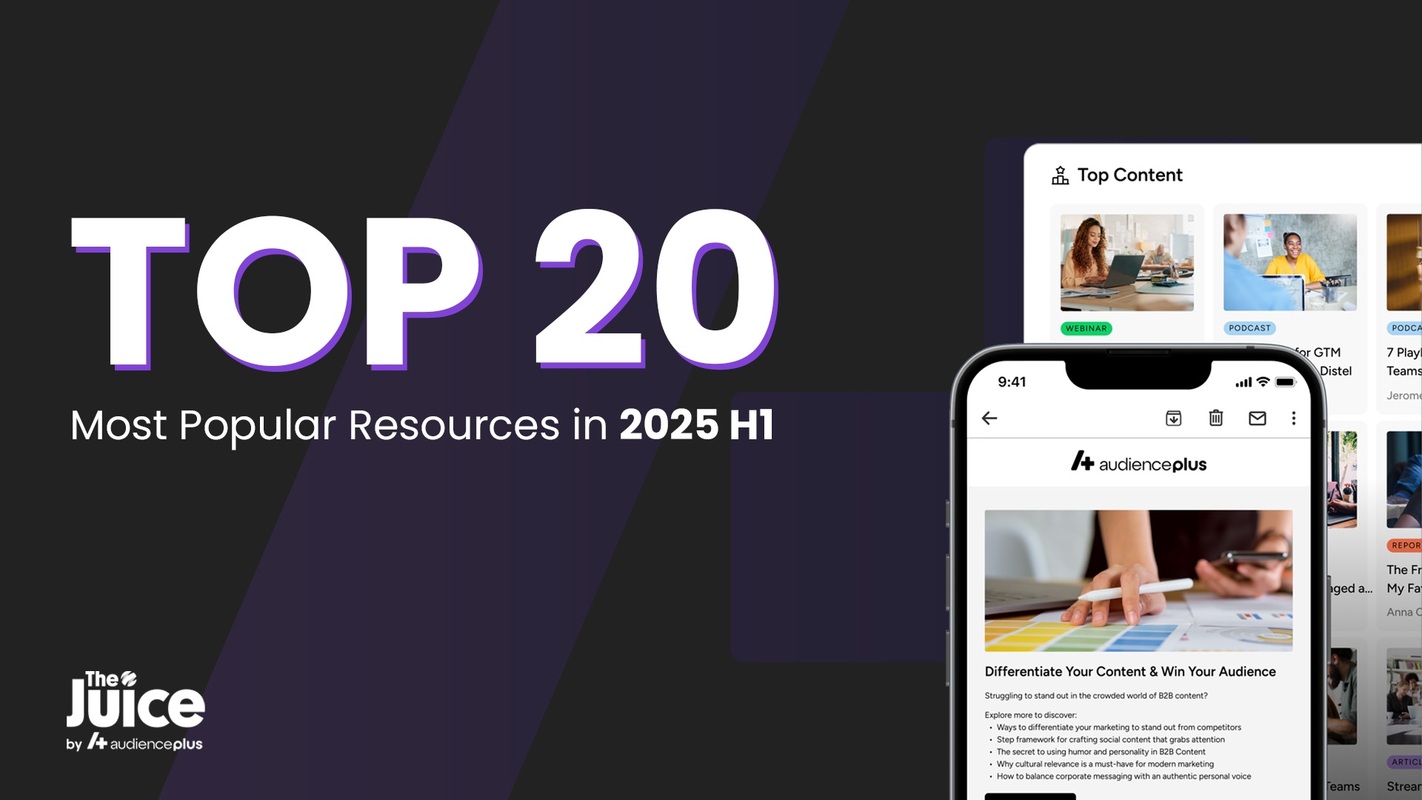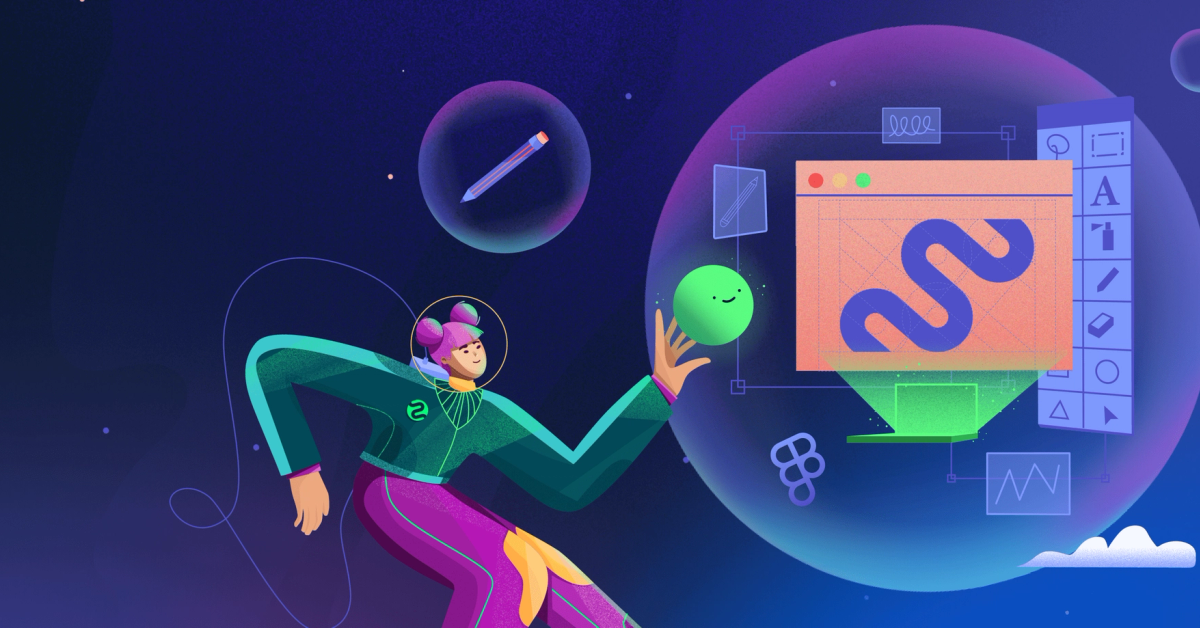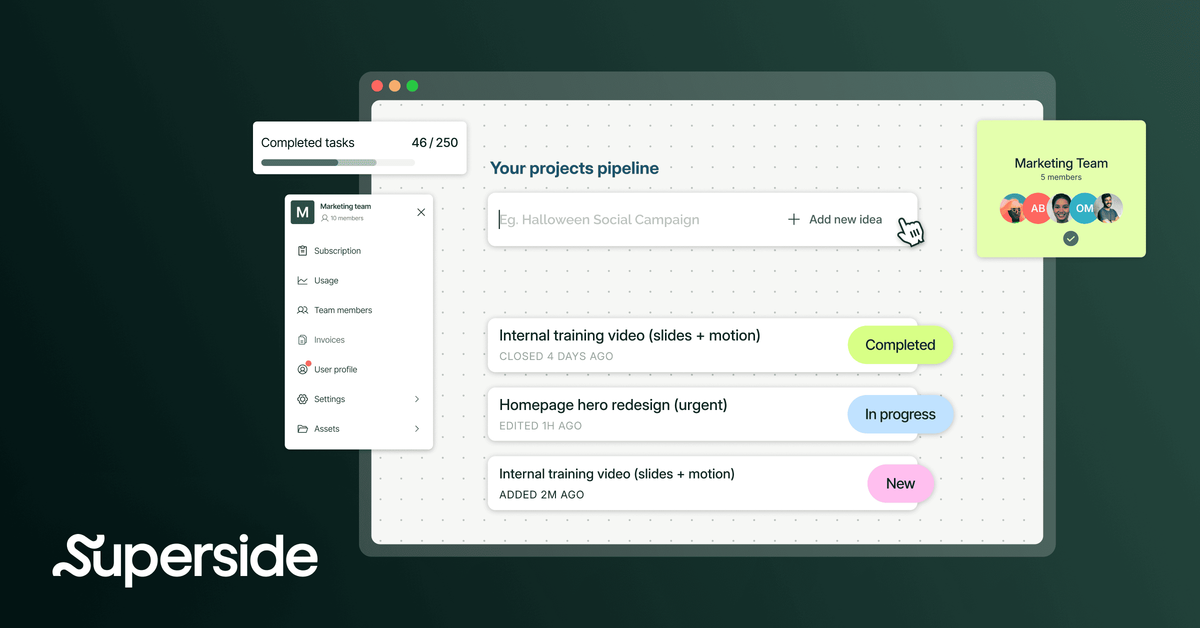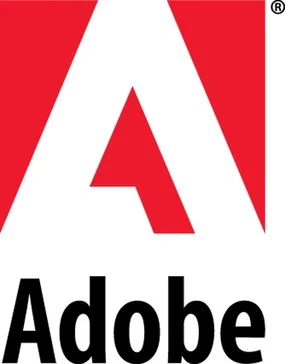Graphic Design
Graphic design is an essential component of branding and marketing, responsible for creating visually appealing communication materials that effectively convey a specific message. Designers utilize various elements such as typography, imagery, color schemes, and layout to develop digital or print materials that capture the attention of potential customers while staying true to the overall brand identity. This field has evolved significantly over time, now encompassing a wide range of disciplines such as web design, user experience (UX) design, and motion graphics.
A graphic design portfolio serves as a curated collection of an individual’s best work, showcasing their skills and creativity. It functions as a visual resume for designers looking to obtain new clients or employment opportunities. Portfolios often include examples of graphics created for various projects or industries, demonstrating versatility in designing for different audiences and mediums. A well-structured portfolio enables potential employers or clients to assess a designer’s ability in executing diverse projects successfully.
Examples of graphics found in portfolios may include logo designs, website layouts, social media content, illustrations, brochures, and packaging designs. These samples allow viewers to gauge the designer’s proficiency in using different software tools such as Adobe Illustrator or Photoshop while displaying their knowledge of design principles like hierarchy, balance, contrast, alignment, proximity, and consistency. Furthermore, these examples help highlight the designer’s expertise in specific niche markets.
Business-to-business (B2B) graphic design is an area where designers specialize in creating communication materials for companies targeting other businesses rather than consumers directly. The primary goal is to generate leads or nurture existing relationships with partners through professional visuals that evoke trustworthiness and credibility. B2B graphic design requires strategic thinking since it caters to specific decision-makers within target organizations who seek relevant information presented clearly and persuasively.
Distinct from consumer-focused designs (Business-to-consumer or B2C), B2B graphic design typically employs more subdued colors and formal typography choices; however this does not mean that they are less creative or dynamic. Designers adept in B2B graphic design understand the importance of streamlining complex information into easily digestible visuals, such as infographics, sales presentations, whitepapers, and trade show booth designs. They must take into account how their work will be used within the larger context of a marketing campaign or business strategy.
In conclusion, graphic design plays an essential role in shaping the visual language of brands and creating impactful communication materials that appeal to specific audiences. A well-crafted portfolio showcases the designer’s diverse range of skills and expertise through various examples of graphics created for different industries or projects. B2B graphic design is a specialized field requiring designers to possess an in-depth understanding of target audiences, industries, and professional communication styles while maintaining high levels of creativity and innovation. As a result, investing in skillful graphic designers contributes significantly to achieving business goals and driving success within any industry.
Graphic design tools are essential instruments that enable artists and designers to create visually captivating works of art. These tools not only help in crafting eye-catching designs but also streamline the creative process, making it more efficient, effective, and enjoyable. Over the years, advancements in technology have revolutionized the world of graphic design by offering cutting-edge software and innovative artificial intelligence (AI) solutions.
One of the significant developments in this domain is the emergence of graphic design AI tools. These AI-powered platforms leverage machine learning algorithms to facilitate various design-related tasks such as generating design ideas, automating repetitive tasks, and customizing designs according to individual preferences. By harnessing the power of AI, designers can enhance their creativity and produce unique compositions that stand out from the crowd.
The integration of AI into graphic design has led to a plethora of software options for designers to choose from. Some popular examples include Adobe Creative Cloud Suite, CorelDRAW Graphics Suite, Affinity Designer, Sketch, InVision Studio, Gravit Designer, Figma, and Canva. Each software boasts an array of features catering to different levels of expertise and specific requirements.
Adobe Creative Cloud Suite is an industry-standard graphic design software comprising several applications like Photoshop for image editing and manipulation; Illustrator for vector-based illustrations; InDesign for layout designs; XD for creating user interfaces and experiences; After Effects for motion graphics and visual effects; Premiere Pro for video editing; Lightroom for photo processing; among others. The versatility offered by Adobe’s suite allows designers to handle a wide array of projects efficiently.
CorelDRAW Graphics Suite is another comprehensive graphic design software package that caters to both Windows and Mac users. It includes applications like CorelDRAW for vector illustration and page layout; Photo-Paint for image editing; Font Manager for organizing fonts; PowerTRACE for converting bitmap images into vectors; CAPTURE for screen capture functionality. CorelDRAW’s intuitive interface makes it easy for beginners to learn and professionals to work faster.
Affinity Designer, a relatively new player in the graphic design software market, has quickly gained popularity among designers due to its affordability and powerful features. It is particularly suited for creating vector illustrations, raster graphics, and print projects. Affinity Designer offers real-time performance, seamless switching between vector and raster workspaces, precise gradients and adjustments, and extensive file format compatibility.
In addition to traditional graphic design tools, several collaborative platforms have emerged in recent years that cater to the needs of remote teams and freelancers. Figma is one such tool that enables real-time collaboration on designs through cloud-based storage. It allows multiple team members to work simultaneously on a project while making it easy to share assets, create prototypes, and streamline feedback.
Canva is another popular graphic design tool offering a user-friendly interface and a vast library of templates that can be customized according to specific requirements. Canva’s drag-and-drop feature makes it accessible even for individuals with little or no design experience.
In conclusion, the world of graphic design has dramatically evolved over time with the advent of advanced software solutions and AI-driven tools. Today’s designers have access to an extensive array of options that cater to their unique needs and skillsets. By harnessing the power of these tools, designers can unlock their creative potential while working efficiently on diverse projects across various industries.
Graphic Design Resources
Graphic design is an ever-evolving industry that requires constant learning and the quest for new resources to stay ahead of the curve. It encompasses various aspects such as visual communication, typography, illustration, and digital art. With the rapid advancements in technology, graphic designers need to be up-to-date with the latest trends and tools to effectively create eye-catching designs. To help both beginners and experienced professionals in their quest for knowledge, there are numerous graphic design resources available online.
Among these resources, graphic design guides serve as a valuable source of information for those looking to expand their knowledge or brush up on specific techniques. These guides can range from beginner-friendly introductions to advanced tutorials on specialized topics. They often cover essential principles like color theory, layout composition, and typeface selection while diving deep into software-specific tips and tricks. By following these guides, designers can sharpen their skills and learn from seasoned experts who share their experiences through step-by-step instructions.
Furthermore, another excellent way to improve one’s skill set is by exploring various graphic design courses offered online. These courses cater to different levels of expertise – from beginners seeking foundational knowledge to experienced practitioners pursuing mastery in specific areas like logo design or web development. Online courses provide convenience and flexibility as learners can study at their own pace while benefiting from expert instructors’ guidance. Enrolling in a course also offers the opportunity to interact with fellow designers who share similar interests, fostering networking opportunities within the industry.
In addition to guides and courses, there are countless graphic design videos available on popular platforms like YouTube or Vimeo that can further enhance one’s understanding of various techniques and tools. These videos demonstrate real-time application of concepts taught in guides or courses, which helps solidify that newfound knowledge even further. Ranging from short tutorials showcasing a single technique or tip to full-length video series that cover entire software programs or disciplines within graphic design – there is no shortage of content catering to every skill level.
Moreover, by exploring these graphic design resources, designers can stay informed of the latest industry news and trends. Subscribing to newsletters or following influential blogs in the field can provide valuable insights into what’s new, upcoming, and relevant in the world of design. This enables graphic designers to continually evolve their skill set and adapt to the ever-changing landscape of their profession.
In conclusion, the availability of a wide array of graphic design resources – from guides and courses to videos – ensures that every designer has ample opportunities for growth and learning. These resources serve as an invaluable toolkit for both beginners looking to establish a solid foundation in the field and experienced professionals seeking mastery within specialized niches. By actively engaging with these educational materials, graphic designers can ensure that their skills remain relevant while staying at the forefront of industry advancements and emerging trends. With dedication and perseverance, one can effectively harness these resources to achieve remarkable success in the dynamic world of graphic design.



















